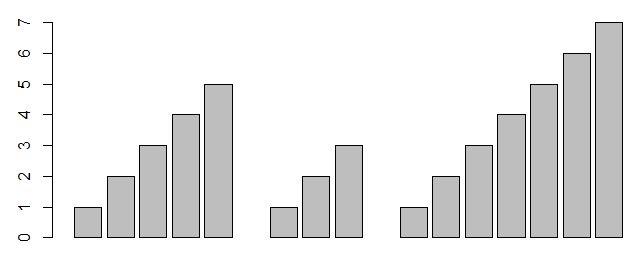Problem
We'd like to apply a function across rows in R. In our example, we will add two columns calculating the minimum and the median for each row.
df <- structure(list(V1 = c(5L, 4L, 7L), V2 = c(8L, 9L, 3L), V3 = c(12L,
5L, 9L)), .Names = c("V1", "V2", "V3"), class = "data.frame", row.names = c(NA,
-3L))
V1 V2 V3
1 5 8 12
2 4 9 5
3 7 3 9
Solution
library(dplyr)
# Using the piper operator %>%
df %>%
rowwise() %>%
mutate(min= min(V1, V2, V3), median = median(c(V1, V2, V3)))
# Without the pipe operator %>%
mutate(rowwise(df), min = min(V1, V2, V3), median = median(c(V1, V2, V3)))
Source: local data frame [3 x 5]
Groups:
V1 V2 V3 min median
(int) (int) (int) (int) (int)
1 5 8 12 5 8
2 4 9 5 4 5
3 7 3 9 3 7
df$min <- apply(df, 1, min)
df$median <- apply(df[, 1:3], 1, median)
V1 V2 V3 min median
1 5 8 12 5 8
2 4 9 5 4 5
3 7 3 9 3 7
Related posts
References











 Nube de datos
Nube de datos